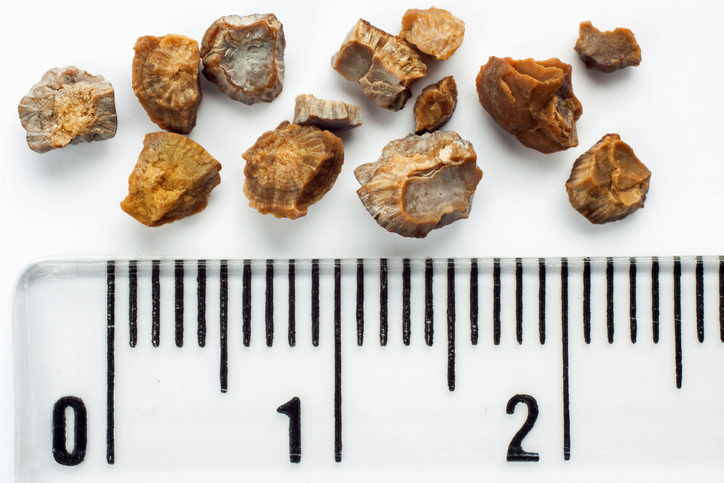
Research has shown that sodium-glucose cotransporter-2 inhibitors (SGLT2i) reduce hyperuricemic events in individuals with type 2 diabetes (T2D), but the degree of this effect in the general population was unknown.
To examine the issue, Hamlet Ghukasyan, MD, and colleagues conducted an updated systematic review and meta-analysis on a large sample of patients with and without T2D. The goal was to assess the influence of SGLT2i therapy on clinically relevant hyperuricemic events (defined as the composite of acute gout flare episodes, acute antigout management, or initiation of urate-lowering therapy). The researchers also conducted a multivariate meta-regression to assess the relationship between different covariates and the pooled effect size.
To identify data for inclusion, the researchers searched all reported outcomes of interest in patients using SGLT2i in the PubMed, Scopus, and Cochrane databases. They searched for randomized controlled trials, observational studies, and post hoc analyses from inception through August 2023. Data from seven randomized controlled trials and seven observational studies were selected for inclusion, totaling 464,009 patients. Of these patients, 13,370 did not have T2D.
Fifty percent of the included patients were using SGLT2i. In the pooled analysis, patients using SGLT2i experienced a reduction in clinically relevant hyperuricemic events of 33% (hazard ratio, 0.67; 95% CI, 0.59-0.77; I2=83%) compared with those who were not using SGLT2i, regardless of the attendant diagnosis of T2D. The multivariate meta-regression analysis on chronic kidney disease (CKD) uncovered a positive correlation with the pooled effect size.
In conclusion, the use of SGLT2i was found to reduce the risk of developing hyperuricemic events regardless of the attendant T2D diagnosis, and the multivariate meta-regression on CKD demonstrated a significant impact on the primary outcome. However, as the authors noted, additional studies are needed to determine more conclusively the extent of the beneficial effects of SGLT2i.
Source: Endocrinología, Diabetes y Nutrición (English edition)







 © 2025 Mashup Media, LLC, a Formedics Property. All Rights Reserved.
© 2025 Mashup Media, LLC, a Formedics Property. All Rights Reserved.